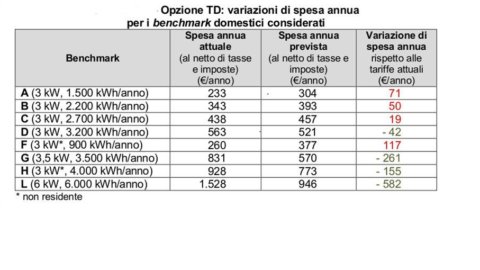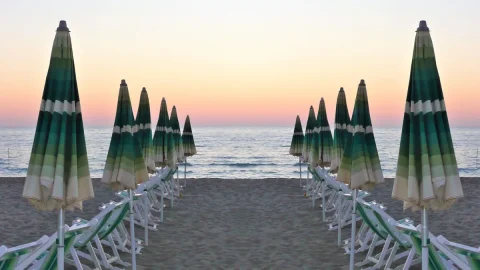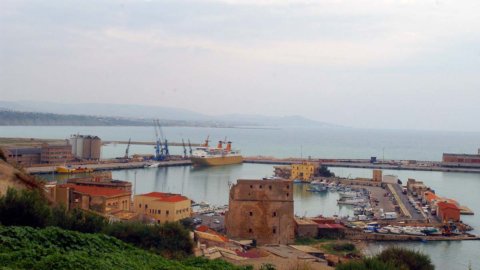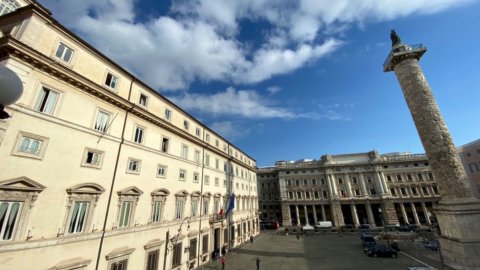Potentially more expensive electricity bills for singles with a small apartment by the sea and few household appliances. The light could cost him 117 euros more per year (excluding taxes). On the contrary, the large or wealthy family but which pushes on energy efficiency and, for example, uses heat pump systems for coolness in summer and heat in winter, will save 582 euros a year for the house where he resides, always net of taxes. This is foreseen in the new version of the tariff reform that the Energy Authority has recently filed for consultation so that all interested parties can examine it and make their assessments known.
The reform is entrusted to the Authority by decree 102/2014 with which the government has given the indication to reduce the progressiveness of the electricity tariff: born in the 70s and aimed at containing the consumption of fossil fuels used for thermoelectric plants, today it collides both with the explosion of renewables and with the use of energy efficiency systems (such as heat pumps) which however require high electricity consumption.
The topic is hot and has already aroused observations and protests from the producers grouped in Assoelettrica, who would like to liberalize as much as possible and from consumer associations who instead fear the cost of this redistribution of the cost of the electricity bill. Own today the president of the Authority Guido Bortoni will hold his annual report surely the reform will have its place in the budget for the year and forecasts for the next.
The reform maintains the distinction between residents and non-residents, penalizing the latter as is also the case today. "Even if this can expose them to evasive behavior (false residences), this solution allows for a greater "gradual" impact of the reform", is the reasoning provided by the Authority in the recently published document. Furthermore, the document provides that the shifting of charges from the variable to the fixed parts of the tariff - necessary to reduce the current progressivity - takes place in such a way as not to penalize too much energy saving and self-consumption. The implementation times are graduated in two phases: the start of the reform is foreseen in 2017 but for the general costs it is postponed to 2018, when the full liberalization of the electricity and gas market will take effect, envisaged by the Competition Law currently under discussion in Parliament.
The document also provides for the extension to at least 2016 of the experimental tariff D1 for heat pumps. The observations of the various stakeholders must arrive by 4 September to allow the Authority to launch the reform in November.
“The Authority's proposal is a step forward, but still incomplete”, is the comment of the President of Assoelettrica Chicco Head. In particular, Testa contests the failure to “ overcome the distinction between resident and non-resident users, due to a rebalancing of the costs borne by users with low consumption. A choice that I consider questionable, especially taking into account the phenomenon of comfortable residences".
Associations (environmentalists, consumers, etc) – Codes, Greenpeace, Italia Solare, ISES Italia, Legambiente, Movimento 5 Stelle, Kyoto Club and Wwf – who harshly criticized the shifting of network charges to the fixed portion of the tariff (“the more you consume, the less you pay; this way you burn energy savings”), seem to have welcomed the latest text of the reform, presented last Monday.
The new document of the Authority.





